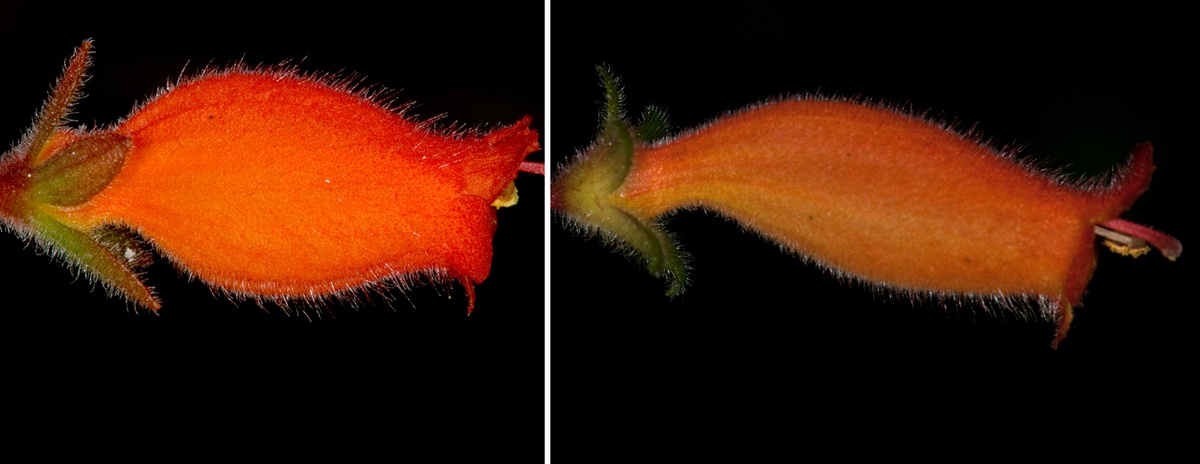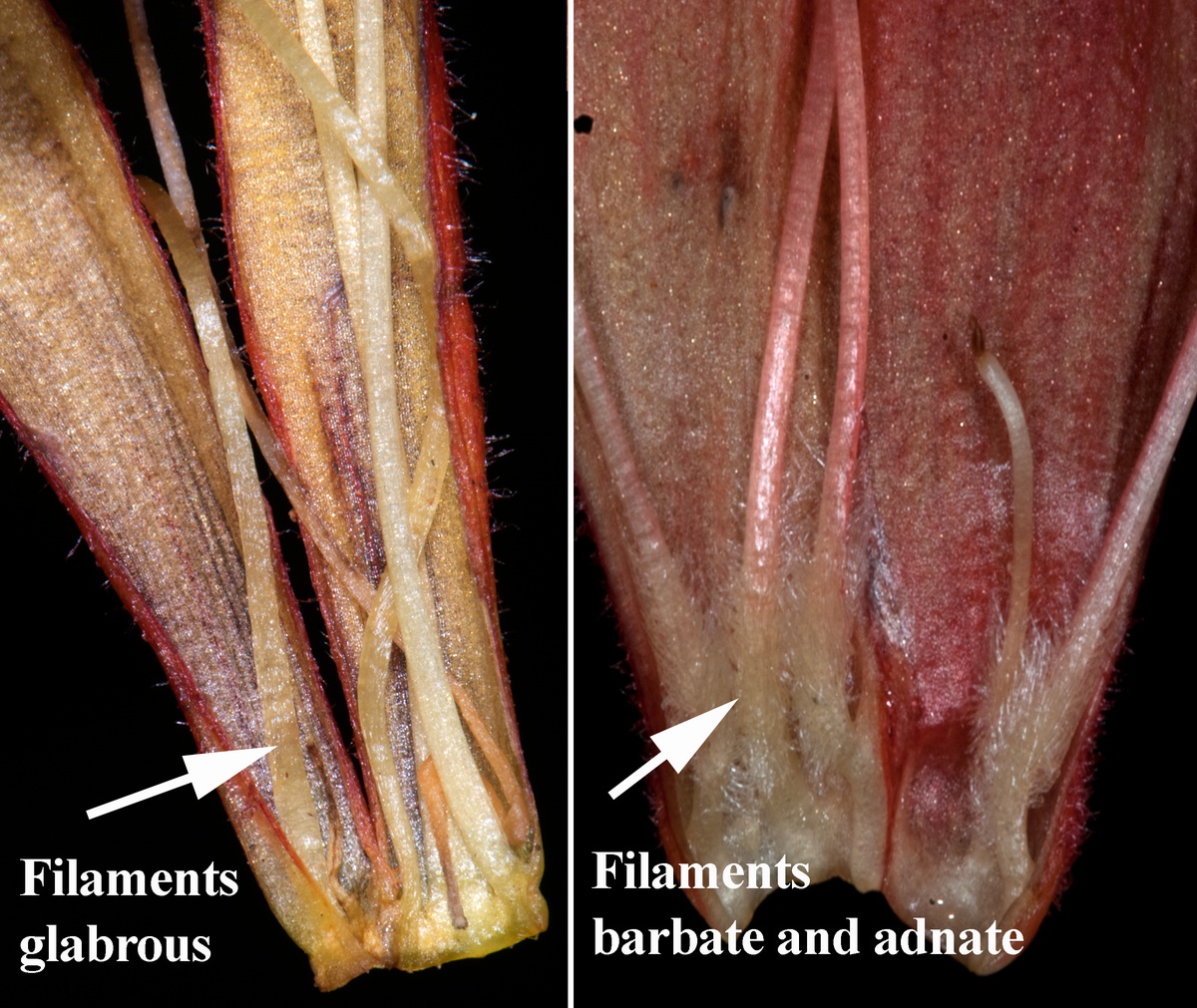It is important to note that phylogenetic analyses provide an objective framework for uating generic concepts. Previous traditional concepts are likely to depend on a single character with multiple origins (e.g., convergent evolution). It is challenging to define any group by a single morphological feature without uating its evolutionary history. For example, not all columneas have berries (e.g., Columnea dielsii has a fleshy capsule). Not all drymonias have poricidal anther dehiscence (e.g., there are multiple reversals to longitudinal slits as outlined in Clark et al., 2015). A single character will not readily define the diversification and evolution of Gesneria and Rhytidophyllum.
When these genera are uated in a phylogenetic context, red tubular flowers are likely convergent. Their presence in Gesneria and Rhytidophyllum is explained by multiple origins or convergent evolution.
Single character systems that define genera have been supplanted and supplemented by phylogenetics. The use of uating characters in the context of evolution provides a more objective and robust system for classification. For example, bats and birds fly, but the presence of flight is not because they share a recent common ancestor. Likewise, it is crucial to understand morphological features in the Gesneriaceae in the context of evolutionary relationships.
The red tubular flowers of Rhytidophyllum lomense , R. earlei and R. rupincola look like the red tubular flowers of Gesneria libanensis (see below). The similar shapes and colors are independently derived, and that is best explained in the context of an evolutionary tree (Martén-Rodriguez et al., 2010; Watson 2015; Joly et al., 2017). The presence of red flowers in this example is convergent in Gesneria and Rhytidophyllum. That is why it is crucial to uate the filament character when determining their proper generic placement.


The red-flowered species of Rhytidophyllum (e.g., R. lomense, R. earlei, and R. rupincola) retain the filaments characters of other Rhytidophyllum such as adnation to the corolla tube and barbate hairs above the zone of adnation. Even though these three species of Rhytidophyllum have red tubular flowers that appear like Gesneria libanensis (Fig. 6C), they share a more recent common ancestor with members of Rhytidophyllum.

